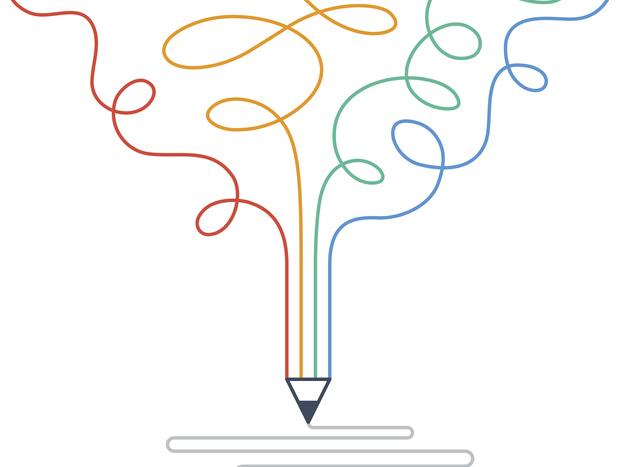
How to write an abstract for a research paper
Writing an abstract might not seem to be at the top of your list of priorities when writing your PhD dissertation, but it’s probably the first thing a reader will see when they encounter your research, so it’s worth putting the effort in to get it right. Here are some ways to make it sing.
What is an abstract?
An abstract is a concise overview of an extensive piece of research work such as a thesis, dissertation or research paper. Depending on the discipline, it usually contains the purpose of the research, the methodologies employed and the conclusions derived. Abstracts typically range from 500 to 800 words and appear on a separate page after the title page and acknowledgements, but preceding the table of contents. Although it might be tempting to start your thesis by drafting your abstract, I advise postponing until you’ve completed a first draft so that you ensure you cover all topics discussed in your thesis.
What to include in your abstract
Purpose of the study
Begin your abstract by concisely defining the problems your study addresses or outlining the gaps in knowledge it fills. It should provide the reader with new and useful information regarding your research in the present or past tense. Use verbs such as “test”, “evaluate” and “analyse” to make the research objective specific, measurable, attainable and time-bound. Avoid providing detailed background information and personal opinions at this stage.
Methods
In this part of your abstract, explain how you designed and conducted your research and how it addresses your research questions in the past tense. The aim here is to give the reader a prompt insight into your approach, not to evaluate challenges, validity and reliability. Highlight the samples you used and the data collection and analysis tools you employed.
- Campus resource collection: What I wish I’d known about academia
- What is your academic writing temperament?
- Advice for surviving your PhD dissertation
Results and conclusion
Summarise and highlight the most significant findings that will allow the reader to understand the conclusions in the present or past tense. At the end of your abstract, the reader ought to have a firm grasp of the main argument. If the motive of the research is to resolve a real-world issue, you can include practical implications and suggestions in the findings. Briefly offer future recommendations for further research, if applicable.
When writing your abstract, imagine who might read your research; a curious reader, not necessarily an expert in the field, expects the information to be accessible and not overly complex.
Tips on how to write an abstract for a research paper
- Explain why you chose this area of research and the significance of the study
- Ask yourself “why?” “what?” “how?” and “so what?” and use the abstract to address these questions.
- Highlight the novelty of your research
- Explain how your research adds to the existing body of literature on the topic
- Explain your research design, highlighting elements such as approach, demographics, sampling and geographical information
- Explain how your research is relevant and significant
- Address practical implications to potential interested parties – for example, any issues relating to policy
- Avoid technical jargon, generalised statements and vague claims that make your work difficult to read
- Avoid acronyms and abbreviations at this stage. Add them into the introduction instead
- Provide concise, consistent and accurate details
- Adhere to the word count limit specified in your instructions
- Include essential keywords for search engine optimisation
- There’s no need to include references at this stage
- Never copy and paste content directly from elsewhere in the thesis; use new vocabulary and phrases to differentiate the abstract from the rest of the text.
These tips will help to make the abstract writing process smoother, allowing you to make a good first impression on whoever comes across your work when you’re ready to send it out into the world.
Ankitha Shetty is an assistant professor (senior scale) at the department of commerce and a coordinator at the Centre for Doctoral Studies at Manipal Academy of Higher Education, India.
If you would like advice and insight from academics and university staff delivered direct to your inbox each week, sign up for the Campus newsletter.




